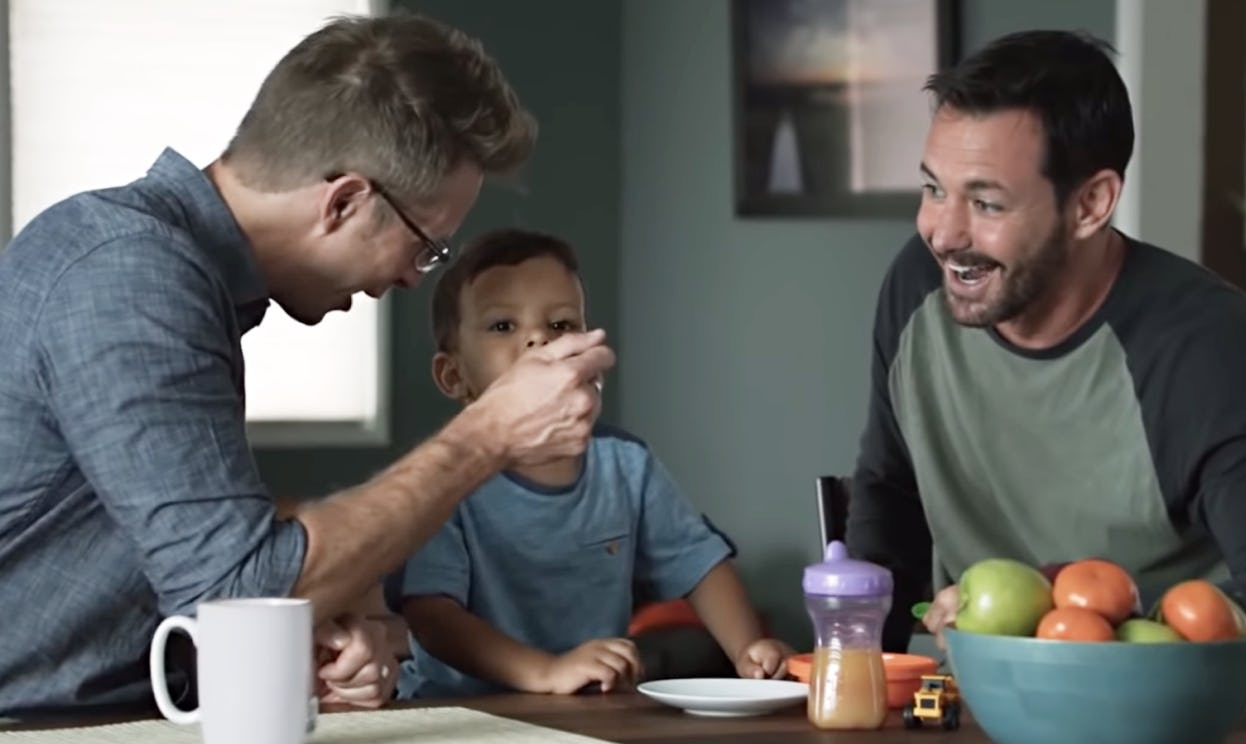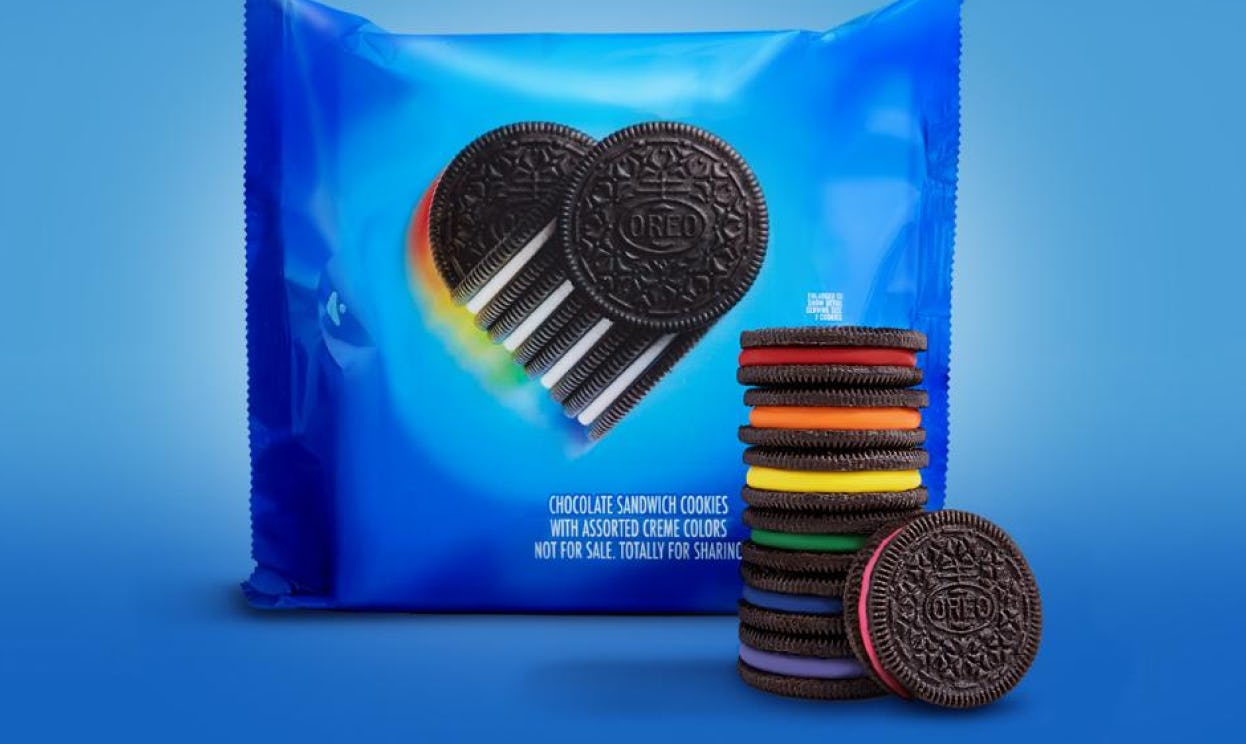Sexual orientation
The last decade has brought increased understanding and acceptance of sexual orientations beyond heterosexuality, and our industry has made some important strides. But more can be done to ensure that our creative work represents people across the full spectrum of sexual orientation.

Insights & ideas
Beware rainbow-washing
Allyship can be a powerful force, but some brands are adding rainbow colors and pride imagery to their marketing materials without any true or tangible connection to the LGBTQ+ community. And consumers know it. Fifty percent of Americans say they’re more likely to view pride-related content as a marketing tactic than a demonstration of a brand’s true values.1 Appealing to an LGBTQ+ audience demands thoughtful and inclusive marketing not just during Pride month, but all year long.
Embrace ambiguity
Who we’re attracted to can change over time, or even from relationship to relationship. This ongoing sense of transition and self-discovery creates a lot of gray areas for marketers. Instead of looking for hard-and-fast rules for representing sexual orientation, let’s embrace the ambiguity. Inclusive marketing should aim to include a diverse range of individuals—and avoid portraying experiences, interests, or beliefs as universal to an LGBTQ+ or non-LGBTQ+ audience.

Watch out for stereotypes
Attempts at inclusive marketing to date have tended to over-index on portraying gay men as extremely effeminate. Gay women tend to be stereotyped as extremely masculine. Meanwhile, bisexual people are frequently typecast as promiscuous or going through a phase. Marketers can avoid these pitfalls by portraying the full spectrum of the LGBTQ+ community—including people with a variety of body types, abilities, and ages—across their creative.

Go national, rather than niche
Remember to address consumers outside of major coastal cities. Consumers in the South and the Midwest of the US are frequently overlooked or dismissed as lacking the sophistication needed to handle LGBTQ+ themes.
Stand up for inclusive creative
A thoughtful, inclusive marketing campaign has the power to change attitudes toward the LGBTQ+ community. And with that power comes responsibility. Modifying or withdrawing ads due to public criticism will only create echo chambers for the critics while alienating LGBTQ+ consumers. So be confident with your campaigns and respond to criticism by reiterating your inclusive corporate values.
- Ballard, Jamie, “LGBTQ
-inclusive advertising is a win with these consumer groups ,” YouGov, Jun 6, 2019. - Google/Ipsos, “LGBTQ consumer interaction statistics,” Think with Google. Aug 2019.




